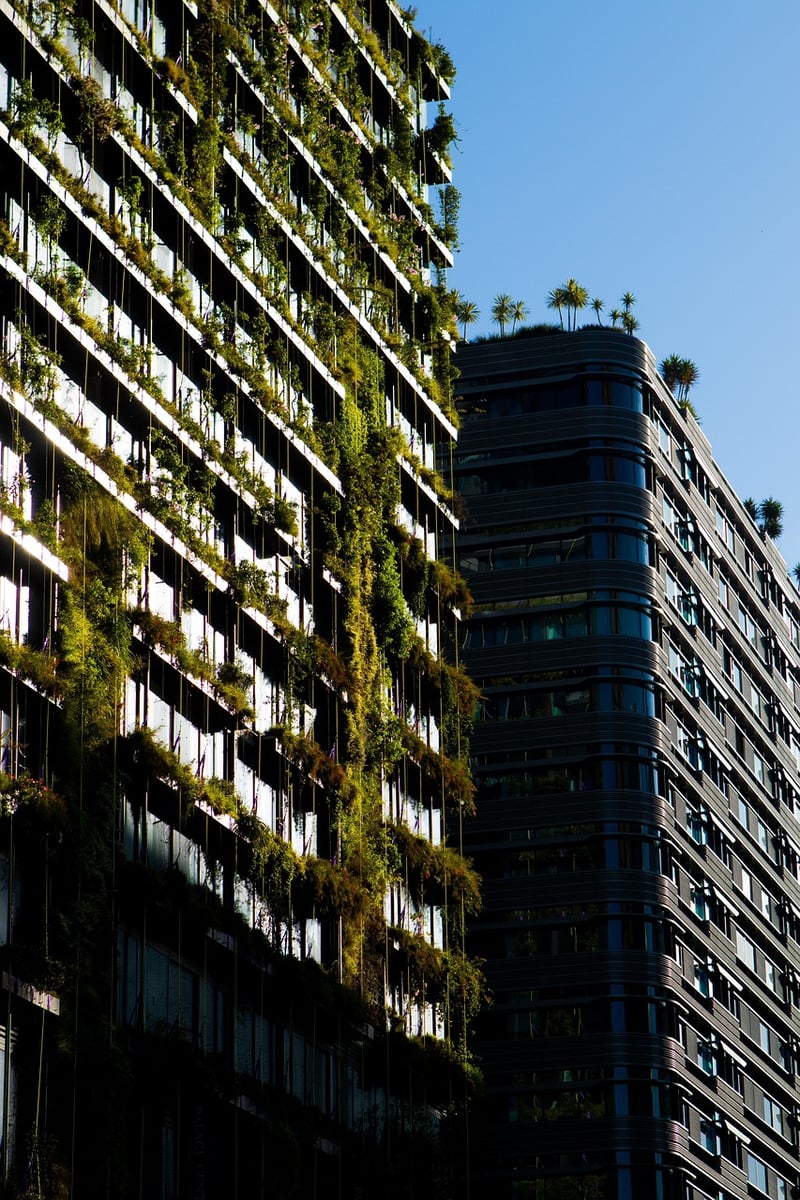Vertical Gardens
Growing in Limited Spaces: The Rise of Vertical Gardens
In urban environments where space is a premium commodity, the concept of vertical gardens has gained popularity as a sustainable solution for cultivating plants in limited spaces.
What are Vertical Gardens?
Vertical gardens, also known as living walls or green walls, are structures that allow plants to grow vertically on a wall or similar vertical surface. These gardens can range from simple DIY setups to intricate, professionally designed installations.
Benefits of Vertical Gardens
- Space Optimization: Vertical gardens make use of vertical space, allowing for plant growth in areas where traditional horizontal gardens are not feasible.
- Aesthetic Appeal: Vertical gardens add a touch of greenery to urban landscapes, improving the overall aesthetics of the environment.
- Air Quality Improvement: Plants in vertical gardens help purify the air by absorbing pollutants and releasing oxygen.
- Temperature Regulation: Green walls can act as natural insulators, helping to regulate indoor temperatures and reduce energy consumption.
- Biodiversity Support: Vertical gardens can attract beneficial insects and birds, contributing to urban biodiversity.
Types of Vertical Gardens
There are various types of vertical gardens, including:
- Hydroponic Systems: Plants are grown in nutrient-rich water without soil.
- Modular Panel Systems: Prefabricated panels that can be easily installed and maintained.
- Pocket Gardens: Small pockets or containers attached to a vertical structure for planting.
- Green Facades: Climbing plants or vines grown on a structure's facade.
Tips for Creating a Vertical Garden
- Choose the Right Plants: Select plants that thrive in vertical environments and consider factors like light and water requirements.
- Use a Sturdy Support Structure: Ensure your vertical garden is securely attached to a stable surface that can bear the weight of the plants.
- Provide Adequate Watering: Vertical gardens may require more frequent watering due to increased exposure to sunlight and wind.
- Maintain Regularly: Prune plants, check for pests, and fertilize as needed to keep your vertical garden healthy.
With the rise of urbanization, vertical gardens offer a green solution for bringing nature back into our cities and maximizing green spaces in limited areas.

Whether you're a city dweller looking to add some greenery to your apartment balcony or a business owner aiming to enhance your building's facade, vertical gardens provide a versatile and sustainable way to grow plants in limited spaces.
Start your vertical garden project today and experience the benefits of bringing nature closer to your everyday life.
